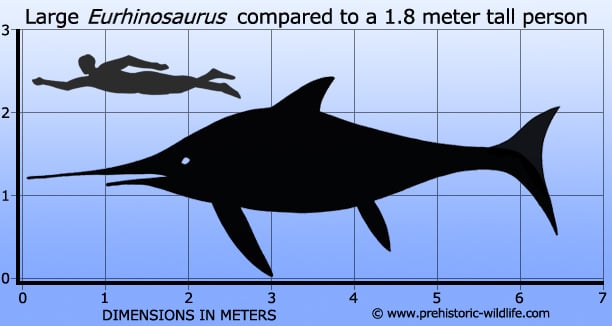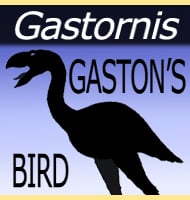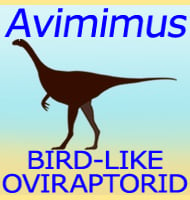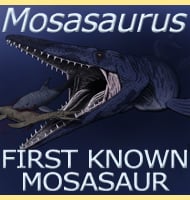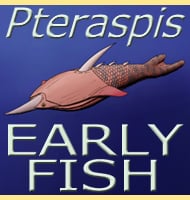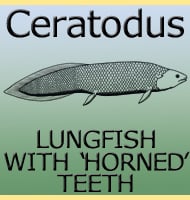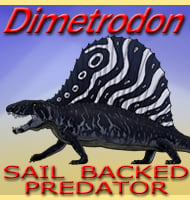In Depth
Eurhinosaurus is one member of what still appears to be a small group of ichthyosaurs that had specialised asymmetrical jaws. What this means in more detail is that the rostrum of the upper jaw extended beyond the lower jaw to give Eurhinosaurus a head and set of jaws that resemble a modern day swordfish. For an ichthyosaur this is quite unusual as normally both jaws are of roughly equal length to provide a longer ‘catch area’ which makes trapping prey like fish between the jaws much easier. In addition to being longer than the lower jaw, the elongated snout also had side wards pointing teeth.
Eurhinosaurus has especially well developed frontal fins, something that suggests it may have been a fast swimmer. This is a simple principal where the thrashing of the tail pushes the animal through the water, but it does not counter the body weight so that the animal actually ends up pitching down into the depths. As such the more powerful the tail and faster the swim, the greater the downwards pitching effect becomes. The front fins counter this problem by acting as hydroplanes that can be adjusted to keep the animal level and pointed in the desired direction. The larger the fins the greater the benefit and the faster that said animal can swim.
With the above principal in mind, Eurhinosaurus may have been one of the fastest marine reptiles of its time, and was probably faster than the related Excalibosaurus which had proportionately shorter limbs. With a nose like a sword fish, and possibly speed like a swordfish, Excalibosaurus may have also hunted like a swordfish. Eurhinosaurus probably devolved these fast swimming features to chase down fast swimming fish, but these would be difficult to catch by just the mouth. By using the elongated rostrum to swipe at fish in front of it, Eurhinosaurus could cause injury to their flanks, severely hampering the prey’s ability to swim out of danger, making capture by the mouth easier for Eurhinosaurus to accomplish. This is where the side wards pointing teeth would come into play; whereas a swordfish can lash against fish, Eurhinosaurus would tear into the flanks as well, the teeth causing even worse injuries to the prey.
Aside from Excalibosaurus, Eurhinosaurus is also related to Leptonectes which is actually the type genus of the Leptopterygiidae group of ichthyosaurs to which Eurhinosaurus belongs.
Further Reading
– First record of the leptonectid ichthyosaur Eurhinosaurus longirostris from the Early Jurassic of Switzerland and its stratigraphic framework. – Swiss Journal of Geosciences 104(2): 211-224. – A. G. Reisdorf, M. W. Maisch & A. Wetzel – 2011. – New data on the palaeobiogeography of Early Jurassic marine reptiles: the Toarcian ichthyosaur fauna of the Vocontian Basin (SE France). – Neues Jahrbuch f�r Geologie und Pal�ontologie, Abhandlungen 261(1): 111-127 – V. Fischer, M. Guiomar & P. Godefroit – 2011.
